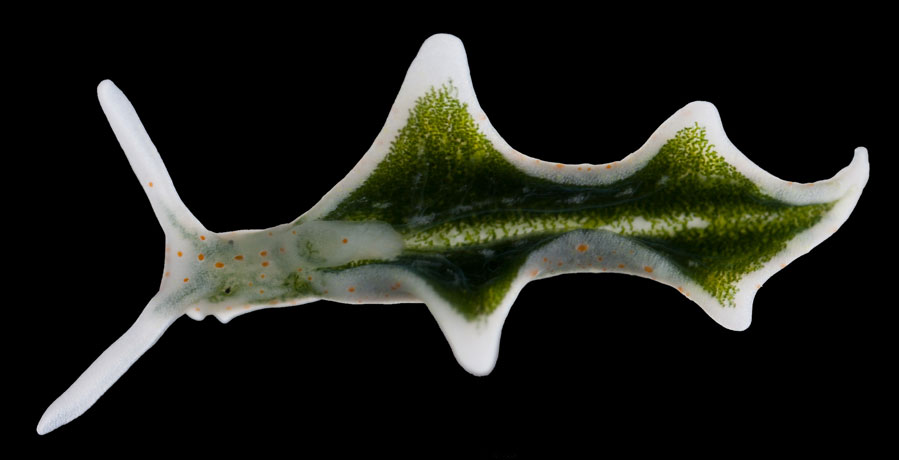
STOLEN GREENS Sea slugs can steal light-harvesting chloroplasts and keep the cellular bits for months, but not all thieves use the material.
Sven Gould and Jan De Vries/Hhu Düsseldorf, Center for Advanced Imaging

STOLEN GREENS Sea slugs can steal light-harvesting chloroplasts and keep the cellular bits for months, but not all thieves use the material.
Sven Gould and Jan De Vries/Hhu Düsseldorf, Center for Advanced Imaging